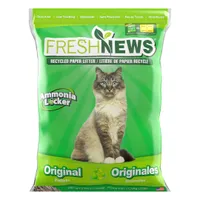Can I use sand as cat litter? We asked a vet to find out!
An expert answers, 'Can I use sand as cat litter?'
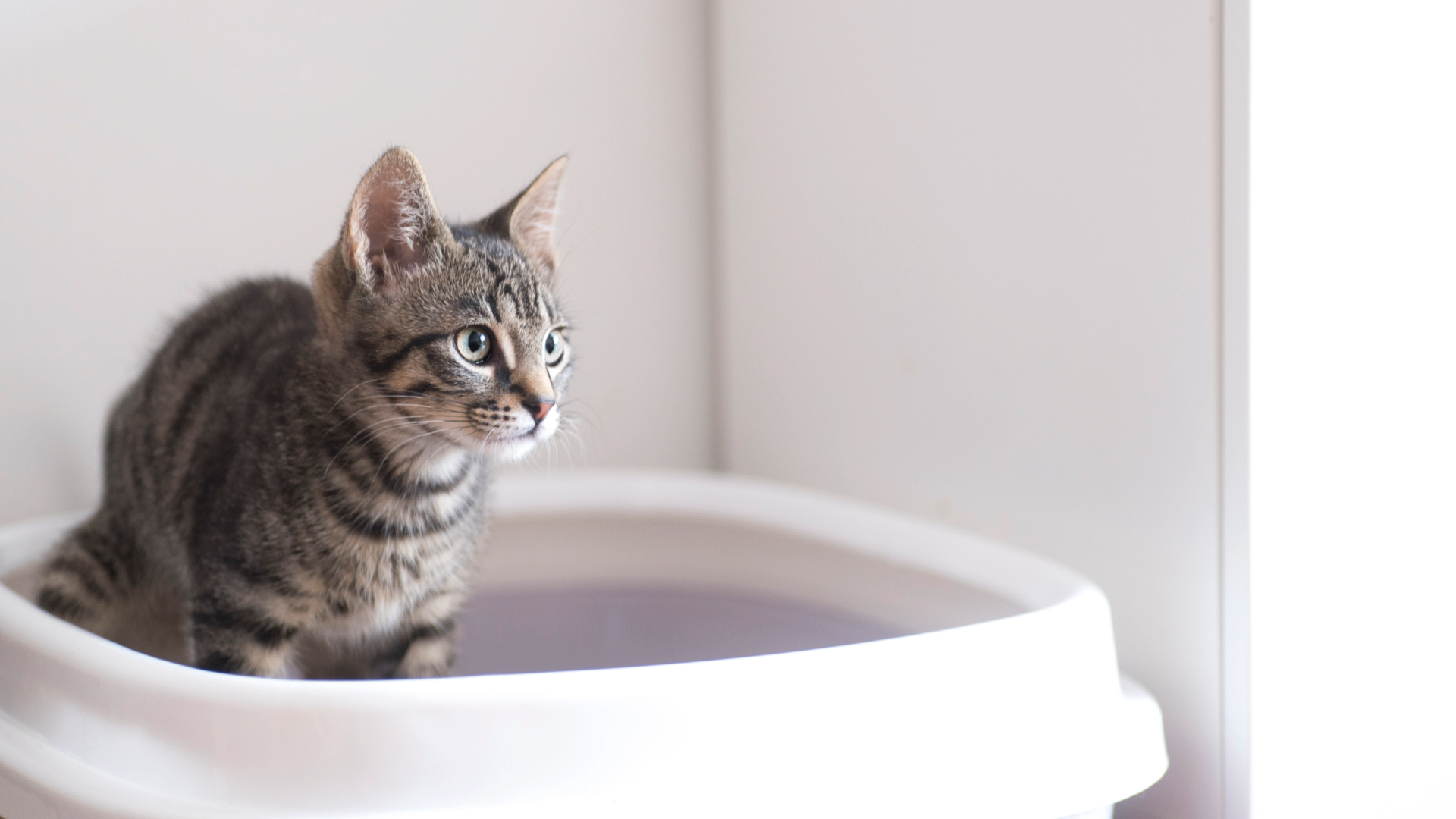
Can I use sand as cat litter? This is a question many cat owners ask, particularly when searching for affordable, eco-friendly alternatives to traditional litter. With so many options available, it can be challenging to determine what works best for your feline friend.
I'm a vet with over 13 years of experience and have explained the pros and cons of using sand in the best cat litter box, a comparison to other cat litter alternatives, and practical tips for making the switch below.
Read on to discover whether sand is the right choice for your cat!
Can I use sand as cat litter?
Using sand as cat litter is a viable option, however, there are advantages and disadvantages that need careful consideration...
Pros:
1. Natural and environmentally-friendly:
Sand is a natural resource that’s readily available and more sustainable than some commercial litters, helping to reduce your cat’s environmental footprint.
2. Soft on paws
The fine texture of sand makes it gentle on your cat’s paws, which can be particularly beneficial for sensitive cats.
3. It clumps well
Wet sand clumps effectively, making it easier to scoop out soiled areas.
Get the best advice, tips and top tech for your beloved Pets
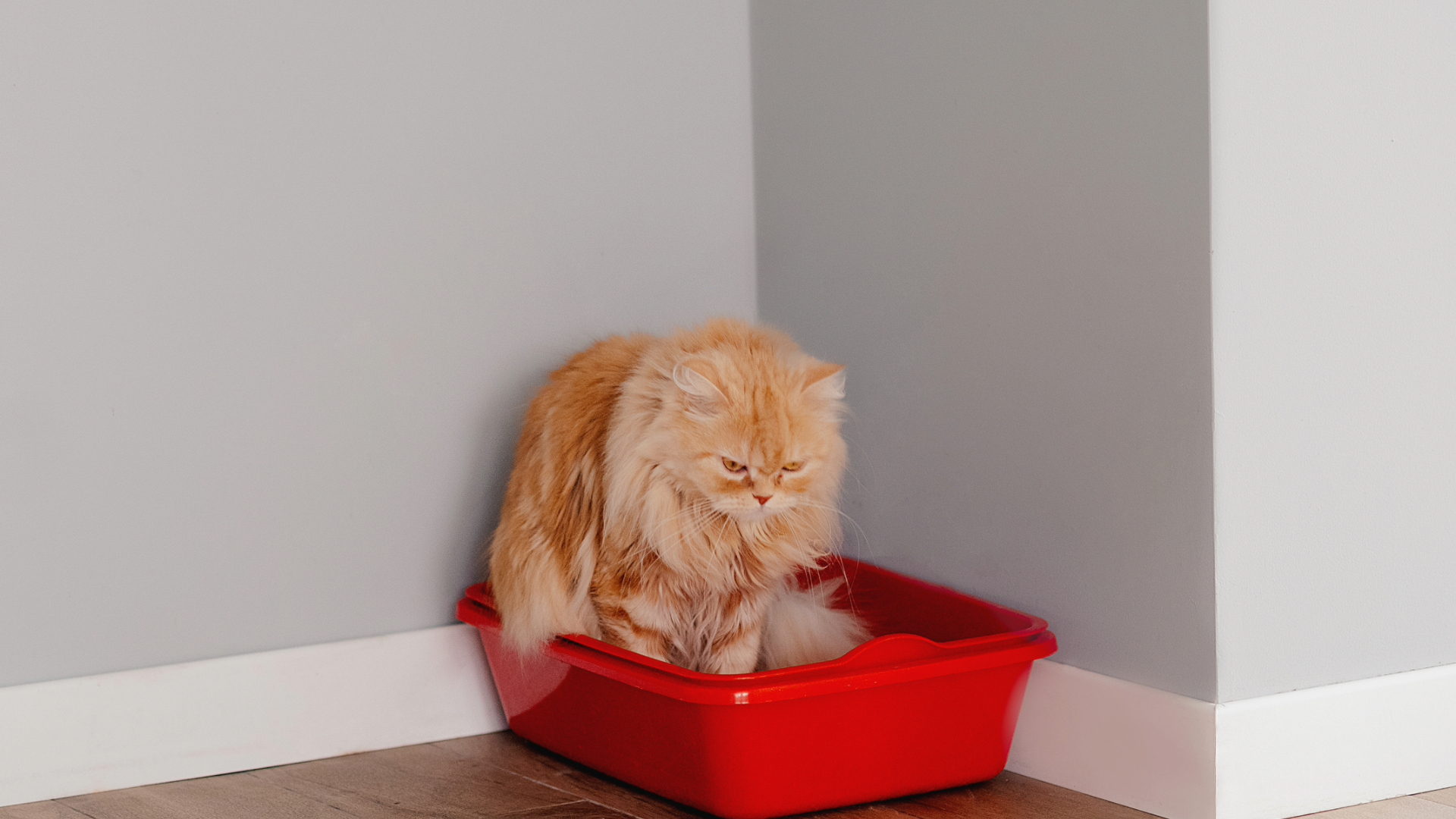
Cons:
1. Limited absorbency
Sand is not as absorbent as the best cat litter, which can lead to excess moisture in the litter box.
2. Poor odor control
Sand does little to neutralize odors, meaning regular cleaning is essential to maintain hygiene.
3. Messiness
Sand tends to track outside the litter box, requiring more frequent cleaning around the area.
4. Hygiene concerns
Without proper maintenance, sand can quickly become a breeding ground for bacteria, posing risks to both feline and human health.
Overall, while sand can be used as a temporary or emergency solution, it’s not ideal for long-term use. If you do choose sand, be prepared to clean the litter box frequently and replace the sand often to maintain a healthy environment for both you and your cat.
Can you use normal sand for cat litter?
Many cat owners wonder if they can use regular sand, such as the kind found in playgrounds or construction sites, as cat litter. Technically, normal sand can be used, but it comes with two important considerations:
1. Bacteria and parasites
Sand from outdoor environments may contain harmful bacteria, parasites, or other contaminants that could harm your cat’s health.
2. Sharp particles
Some types of sand, like builder’s sand, may have coarse or sharp particles that can irritate your cat’s paws.
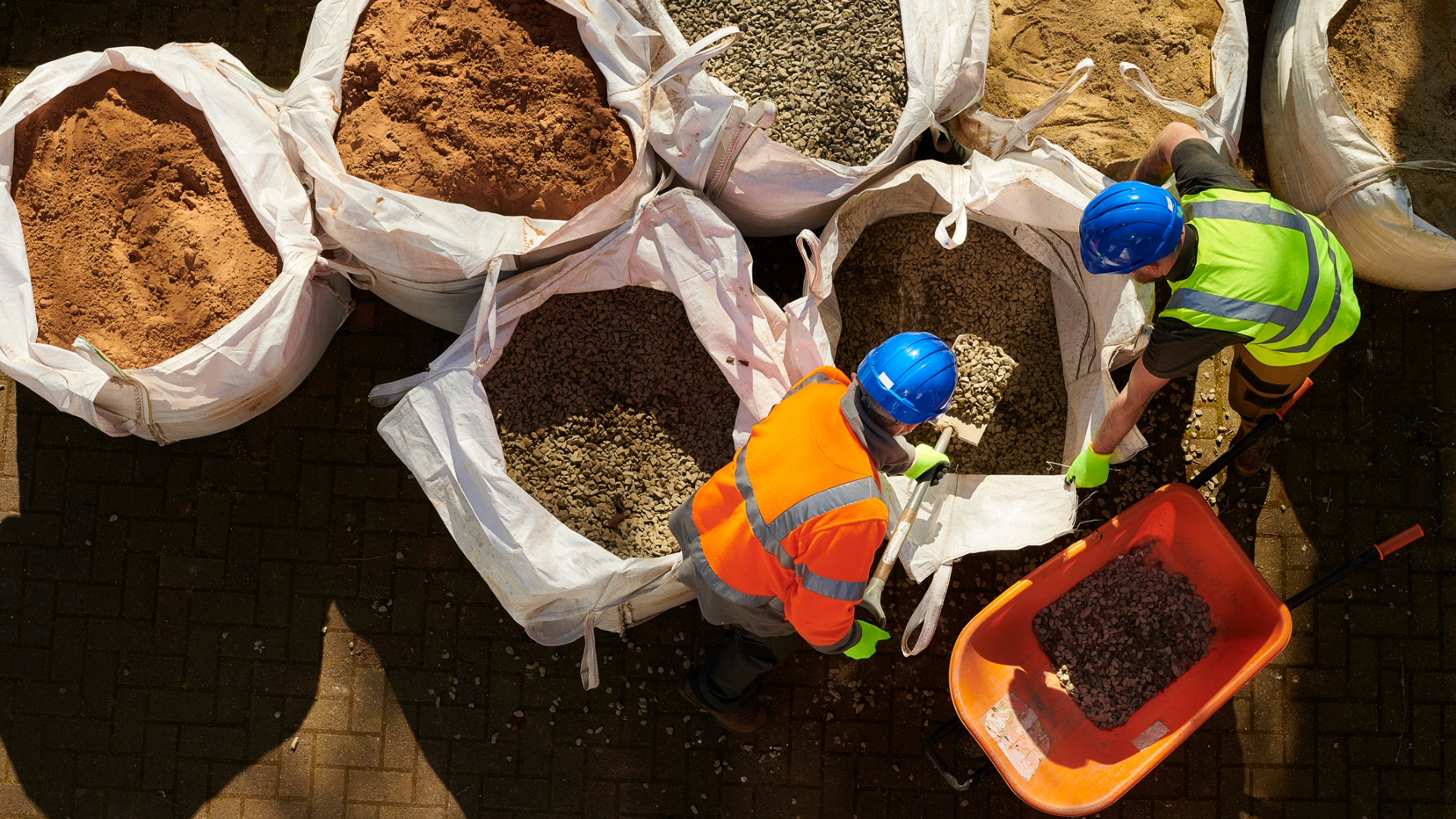
To ensure your cat’s safety, opt for sterilized play sand or sand specifically marketed for pet use. These options are typically free from harmful contaminants.
Avoid builder’s sand or sand from unknown outdoor sources, as they can pose health risks. Always store sand in a clean, dry place to prevent contamination before use.
Other cat litter alternatives
If sand doesn’t seem like the right choice, here are some other cat litter alternatives worth considering:
- Wood pellets: Made from compressed sawdust, wood pellets are eco-friendly and biodegradable. They absorb moisture well and control odors, but their coarse texture may not appeal to all cats.
- Paper litter: Created from recycled paper, this litter is soft, lightweight, and dust-free, making it ideal for cats with respiratory issues or those recovering from surgery.
- Corn or wheat-based litter: These natural alternatives are clumping, biodegradable, and effective at odor control. However, they may attract pests if not stored properly and require frequent cleaning.
- Silica gel litter: Made from silica crystals, this litter is lightweight, highly absorbent, and excellent at controlling odors. It requires less frequent changes but can be more expensive.
- Coconut or grass-based litter: These sustainable options are lightweight, biodegradable, and offer decent odor control. They’re growing in popularity among eco-conscious pet owners.
Each alternative has its pros and cons, so consider your cat’s preferences and any health concerns when choosing the right litter. For personalized advice, don’t hesitate to consult your vet. You might also want to consider the best cat litter subscriptions.
Fresh News Recycled Paper
I recommend this soft, dust-free option which is made from recycled paper and is perfect for sensitive cats.
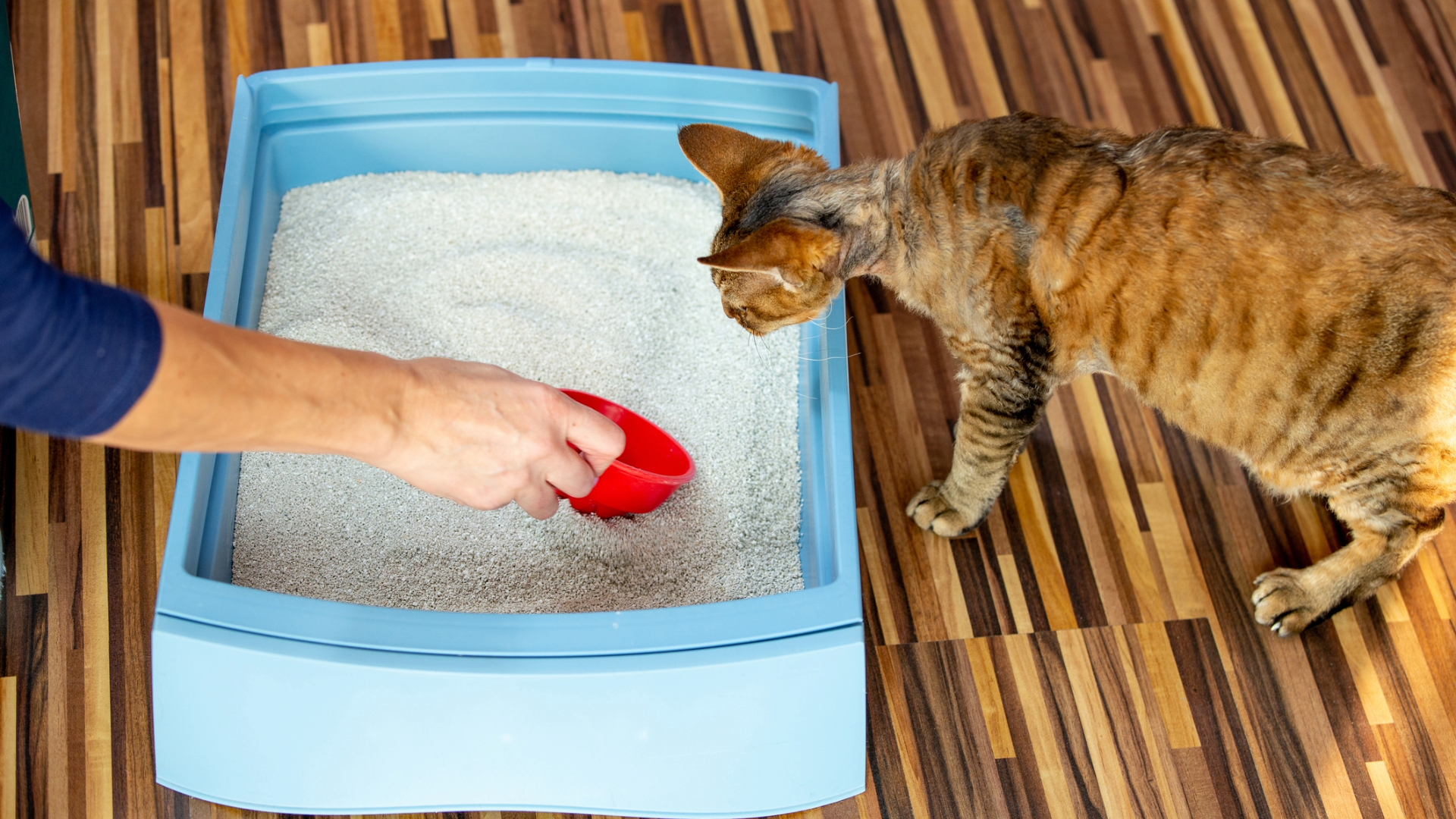
How to transition your cat onto a new litter
Switching your cat to a new litter type, whether it’s sand or another alternative, requires patience and a gradual approach. Here’s a step-by-step guide to help your cat adapt comfortably:
1. Introduce gradually
Mix a small amount of the new litter with the current litter. Gradually increase the new litter’s proportion over seven to 10 days until it fully replaces the old one.
2. Monitor behavior
Keep an eye on your cat’s body language and behavior. If they show discomfort or stress, slow down the transition process.
3. Offer options
Provide multiple litter boxes—one with the old litter and one with the new litter. This allows your cat to choose and adjust more easily.
4. Maintain cleanliness
Cats prefer a clean litter box. Scoop waste daily and change the litter as often as needed to keep it fresh.
5. Positive reinforcement
Reward them with the best cat treats or praise when they successfully use the new litter. Positive associations can ease the transition.
While sand can be used as cat litter, it has significant drawbacks, including poor odor control and hygiene concerns. If you’re looking for a long-term solution, alternatives like wood pellets, paper litter, or silica gel offer better performance and cat comfort.
It is important to choose a litter that prioritizes your cat’s health and preferences while ensuring the litter box remains clean and inviting. With the right preparation and a gradual transition, you can find the litter solution that works best for both your household and your feline friend.
Explore your options and keep your cat happy, healthy, and comfortable!
You might also want to read about the types of cat litter and the best automatic litter boxes.
Emma Chandley is a vet with 14 years of experience and has a keen interest in surgery. After graduating from the Royal Vet College in London in 2011, she achieved a postgraduate certificate in small animal surgery from the British Small Animal Veterinary Association and Nottingham Trent University. She was then awarded advanced practitioner status in the same discipline by The Royal College of Veterinary Surgeons. She has a black Labrador and two pygmy goats at home.
